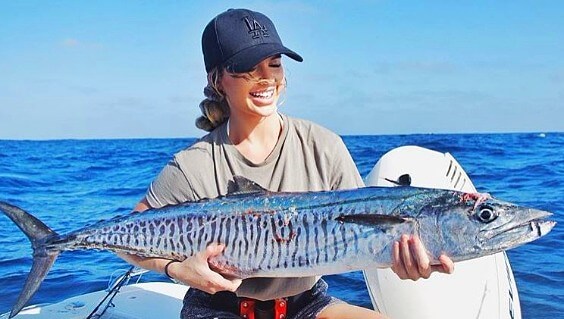How to Get Started in Tuna Fishing
If you have been successful in fishing in small rivers, you may be interested in going for a bigger challenge with tuna fishing. Since tuna is a big fish, you can expect a lot of splashing of water when it struggles on your fishing rod. Angling on the sea for tuna will be a completely different experience than your usual fishing hobby in the nearby stream. It is important to do it the right way if you want to be successful and catch lots of tunas when you set out on the ocean in your fishing charter.
Locating the Tuna
Tuna likes to live in the part of the ocean with warm water currents. Therefore, if you want to find tuna, you will need to look for temperature gradients on ocean maps. Usually, tuna can be easily found within 5 mi or more than 100 mi offshore. Some people also use electronic fish finder to find out the tuna fish’s location and depth. You can follow a fishing charter if you don’t want to bother about locating the tuna yourself. The fishing charters will leave from popular piers or wharfs.
Different types of tuna can be caught in the waters including bluefin, yellowfin, and bigeye. Bluefin can be found in the waters around 8 miles off the coast from May to October. Bluefin likes to swim 60 – 100 feet below the ocean. If you want to catch bluefin, you should use yoyo fishing style, which requires you to drop the jig in the water and then retrieve it back quickly.
Yellowfin tuna likes to swim in the warmer areas of the sea, and the northern part of Islands. You can catch as much as 400 pounds of yellowfin tuna on a fishing charter. The best time to catch yellowfin tuna is from 3 AM to 8 AM. Yellowfin tuna does not spawn in local waters but in the waters located south to the eastern Pacific. Bigeyes usually appear in the waters from June to November. They can weigh in between 50 – 100 pounds.
Live Chumming
You can start live chumming as soon as you have located the tuna’s whereabout. Live chumming involves using a dip net to pick up small live baits and toss them to the surface of the water near the boat. It aims to attract the tuna fishes near to your boat. Live chumming technique can be used along with trolling.
Prepare Your Hook
You will want to make sure that you have already prepared your hook with the bait of your choice. Various types of baits can be used including anchovies, squids, and sardines. You can twist an egg sinker in the 1/4 – 5/8 range to enable the fishing bait to sink to at least 10 feet below the water. The bait should not stay on the surface as it can get eaten by the bird.
Feather jig is commonly attached to the hook as it resembles the fins and tails of a fish. For tuna fishing, you will need a 7 – 8 foot long rod that has a rating in between 12 – 25. Longer rod is easier to maneuver around the boat. In addition, you should get a saltwater spinning reel as it offers a stronger resistance against big fishes.
Once the hook is prepared, you can drop it in the depth of water dictated by your tuna locator. At this point, you need to be patient and wait for the tuna to strike your hook. You should pull in your reel every 10 minutes to see if it has gotten a bite. Sometimes, you don’t get a bite on the hook because the bait has accidentally detached and drop in the ocean water.
Getting the Fish Into Your Boat
Once you get a bite, you can count to three and let the line peel off your reel. There is no need to set the hook as the tuna mouth will automatically hook itself when it bites. When the tuna is hooked, you will feel tension as it struggles to escape. Tuna is a hard fighter that can swim fast. It will try to run circles around your boat to get the line to snap so that it can get away. It will circle below the boat if it can’t snap the line by circling around the boat.
You must be very patient when trying to retrieve the fish into your boat. You can try pulling the line up and down slowly. Your persistence will eventually wear down the fish and you will eventually be able to reel the fish into your boat. One thing to keep in mind when reeling in the fish is to maintain the proper tension to prevent the line from breaking.
Good Luck and let us know how you go 🙂

 Penn Tuna Fishing Rod & Reel Combo
Penn Tuna Fishing Rod & Reel Combo Fishing Pliers and Knife Combo
Fishing Pliers and Knife Combo View Best Tuna Fishing Lures
View Best Tuna Fishing Lures Cedar Plugs Tuna Fishing Lures
Cedar Plugs Tuna Fishing Lures Blue Fly Fish Saltwater Trolling Fishing Lures
Blue Fly Fish Saltwater Trolling Fishing Lures Saltwater Trolling Lure for Tuna
Saltwater Trolling Lure for Tuna